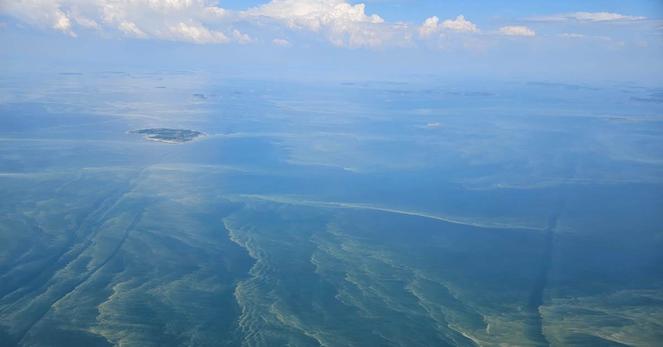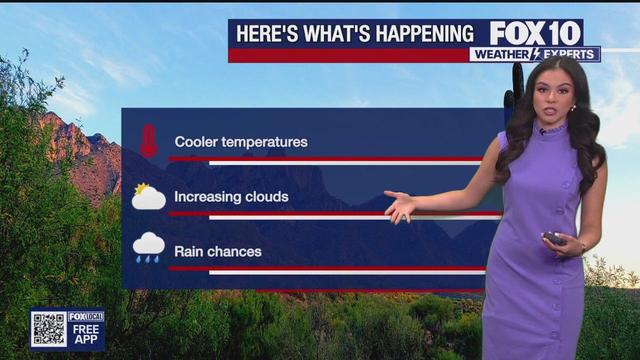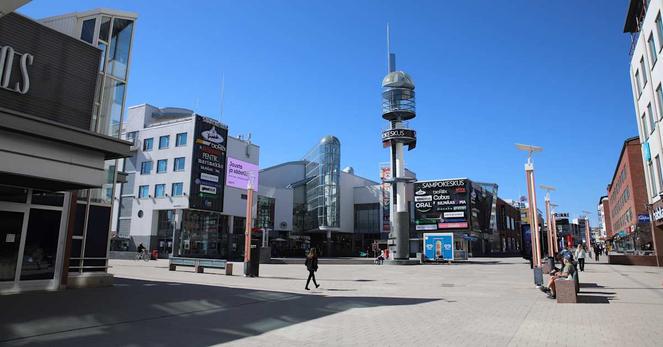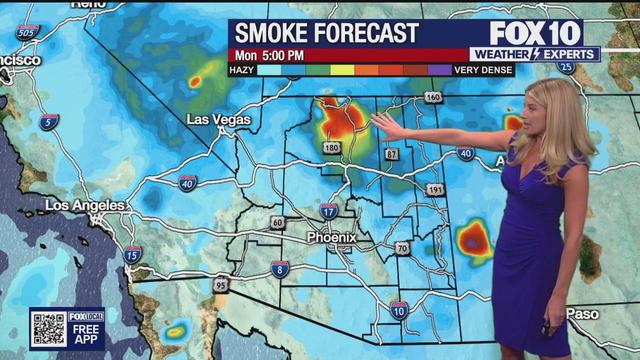Climate modelling and weather forecasts – low 2 by 2 degrees grid resolution versus higher resolution.
Daniel Swain's Office Hour about the Texas #FlashFlood included much explanations how weather models work nowadays. http://youtube.com/live/OJEddh6dhrU
In this excerpt, (at 1hr:9min) he shows the accumulated amount of rain as predicted by various weather models, high resolution ones, and what can be called global weather forecast models in much lower grid resolution.
He emphasizes that AI models did the worst in predicting the exceptional event on July 4.
Now, this weather event involved convective activity which is apparently something that global models don't have detailed-enough formulae for. As Daniel says, it's expected that their rain amounts won't depict what's happening on the ground.
But their low resolution is also "to blame".
in June, Brunner et al published a comparison between normal CMIP6 2x2° climate models and how many future temperature extremes (#heatwave and maximum °C) can be teased out from them – which is important information for us, for city planners and insurance companies and the like –
versus how many extremes two very fine-grained climate models find in their 9 to 15km grid. Spoiler: plenty more.
https://dx.doi.org/10.1088/1748-9326/ade1ef "A global perspective on the spatial representation of climate extremes from km-scale models"




 Petit
Petit 









